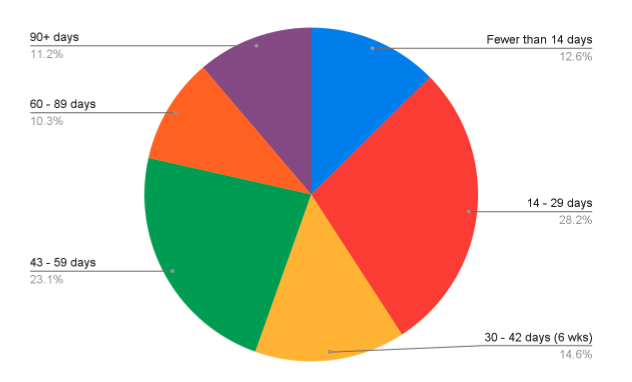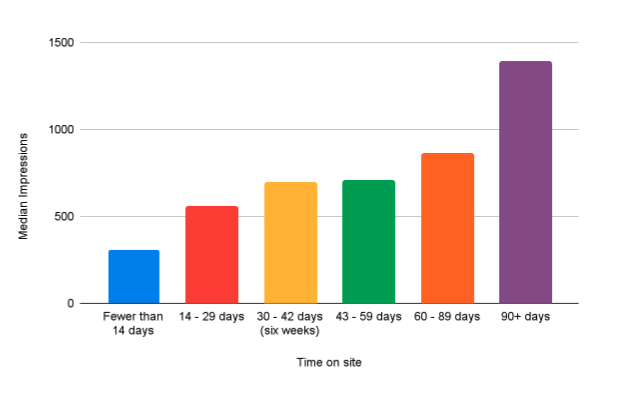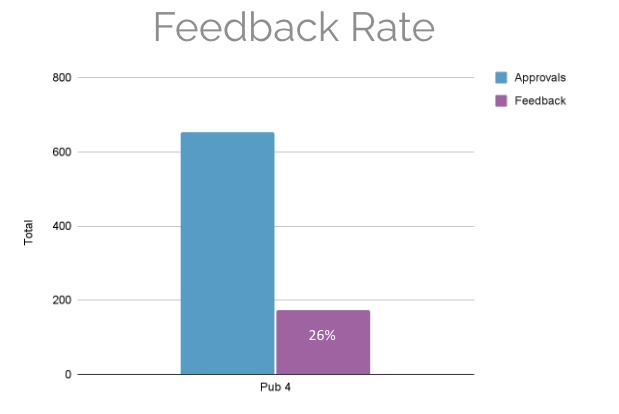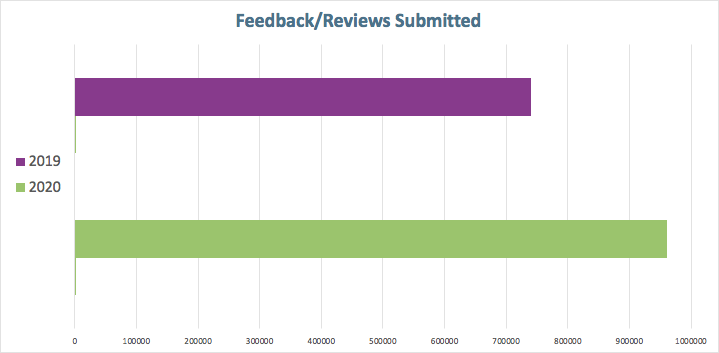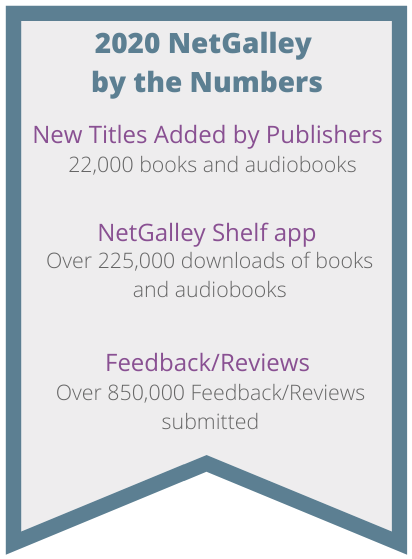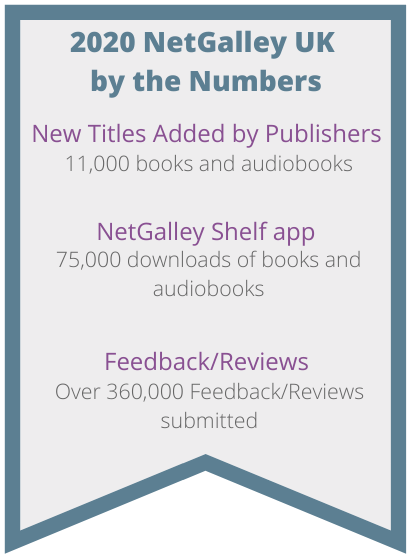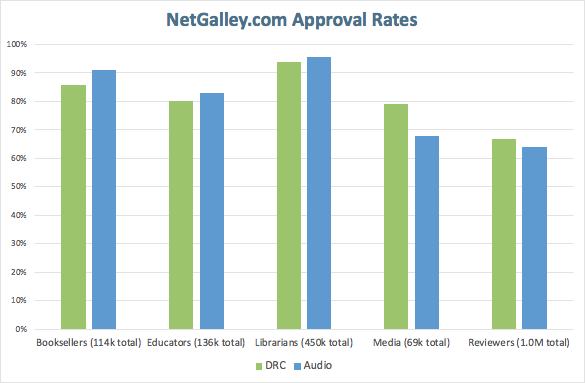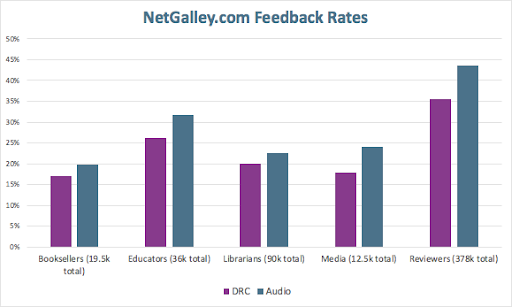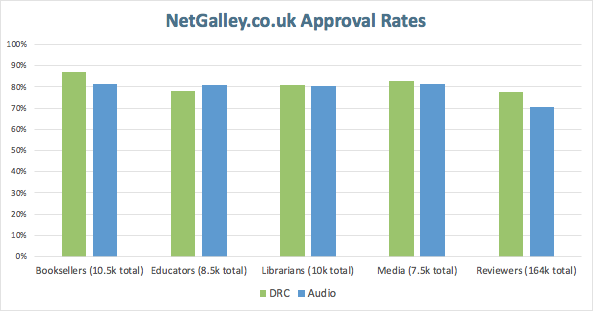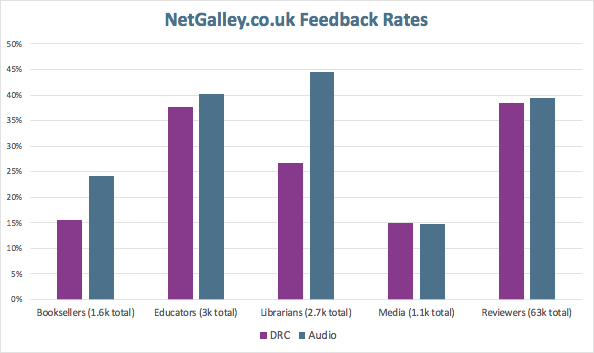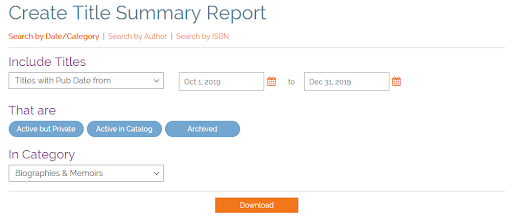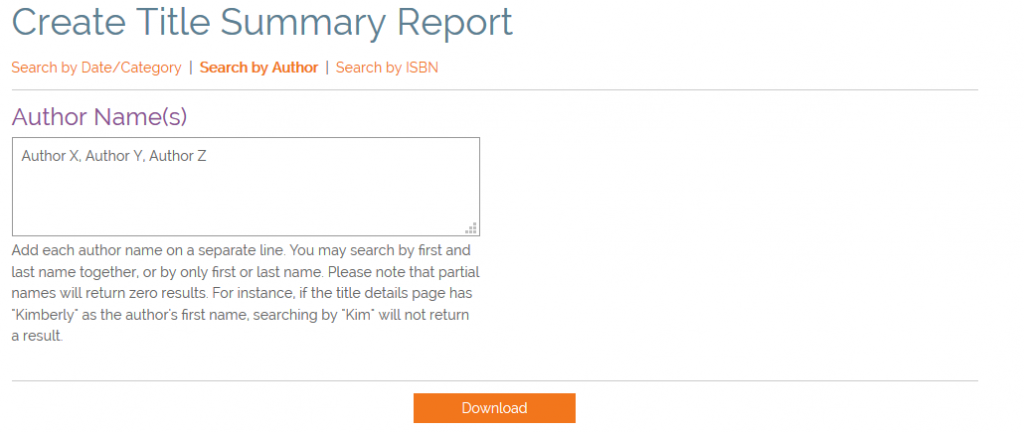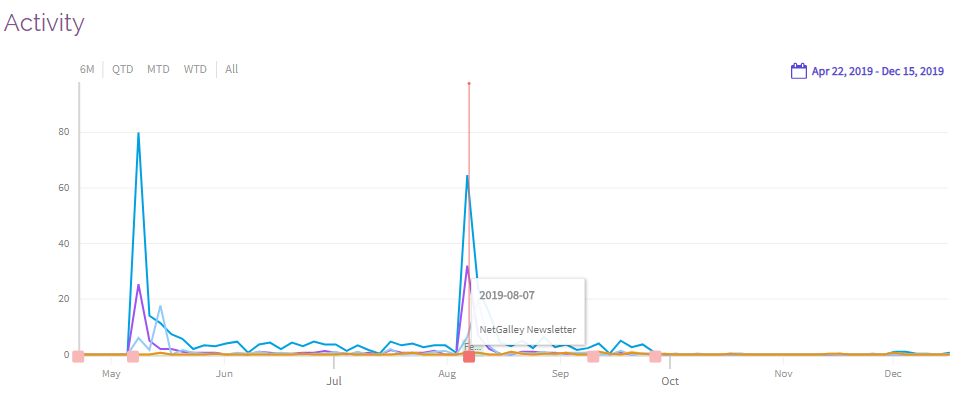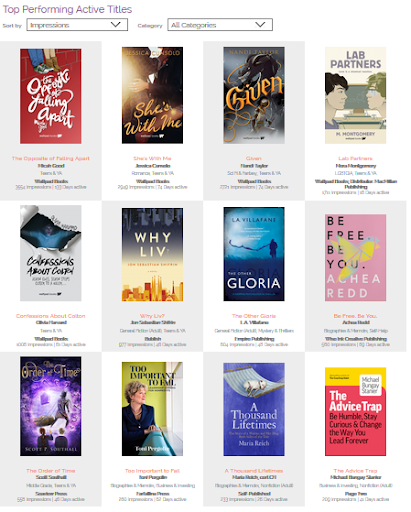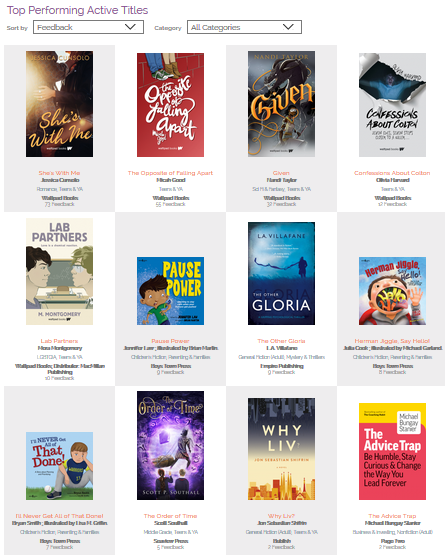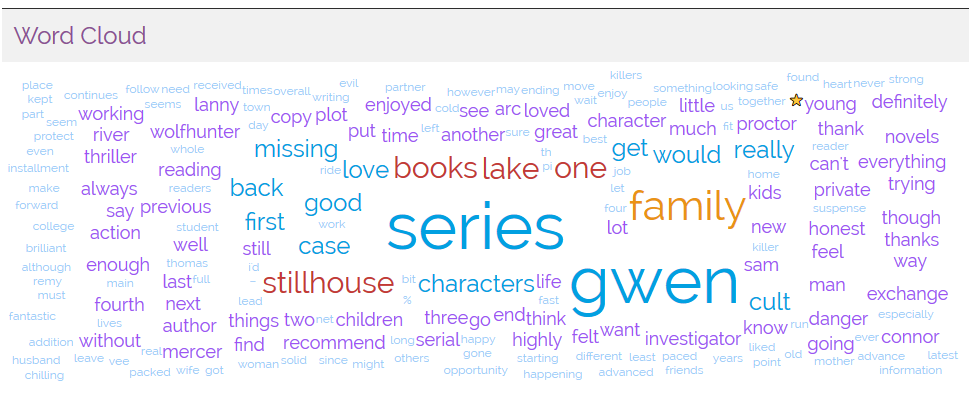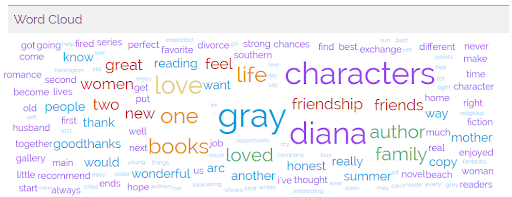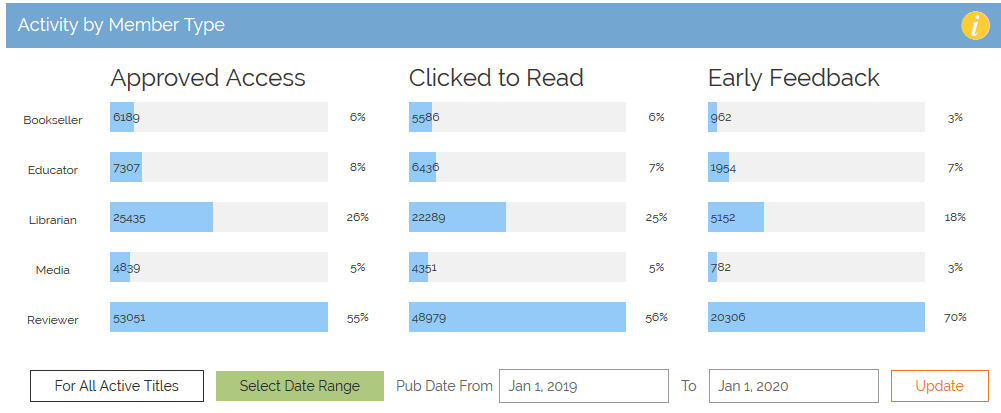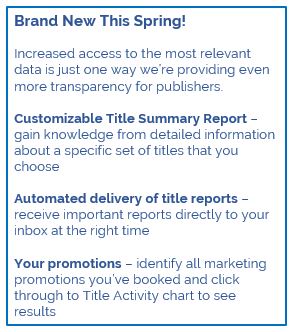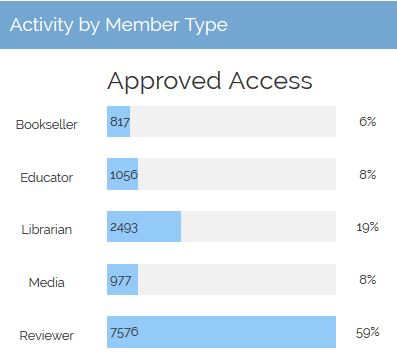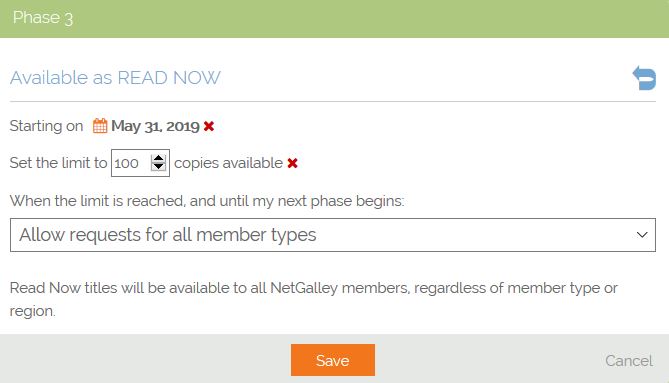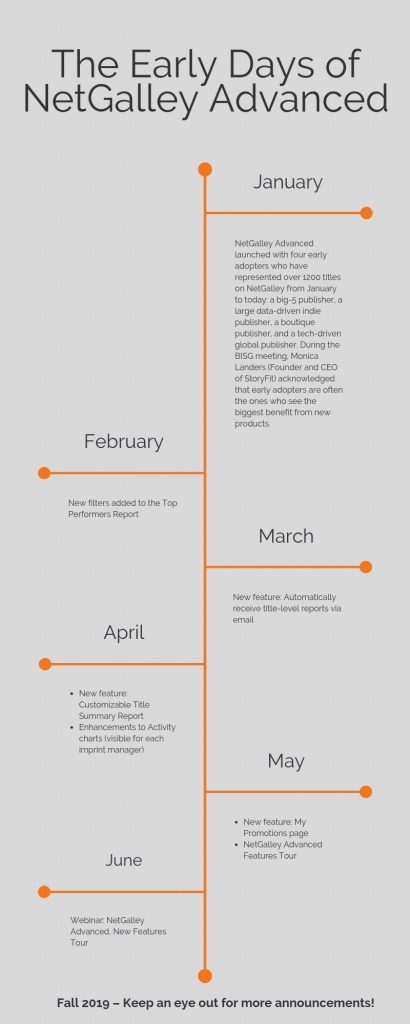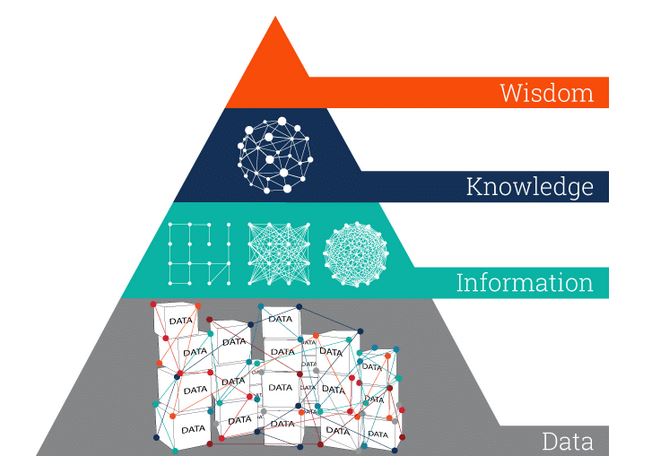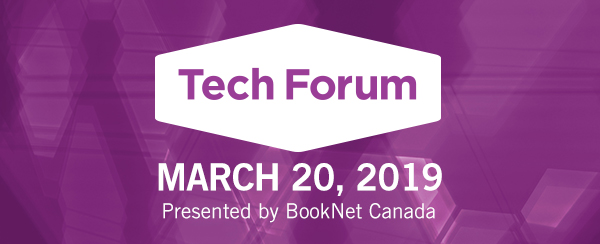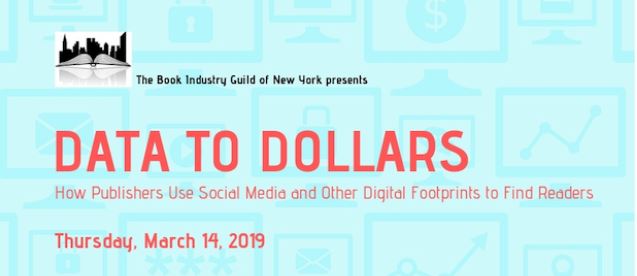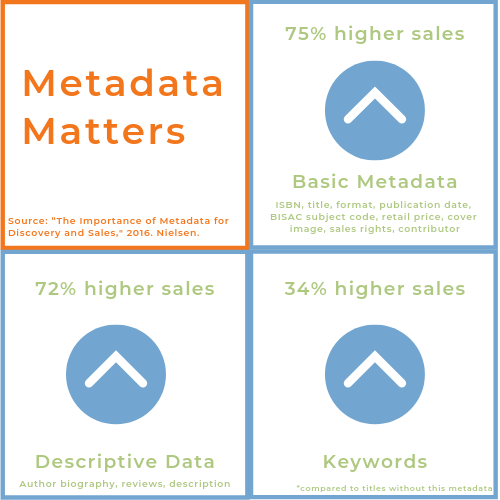Audio on NetGalley, two years in
How early are Audiobooks added to NetGalley?
How long do Audiobooks remain Active?
How much Feedback should I expect for my Audiobooks?
Since NetGalley introduced Audiobooks on our platform in 2020, publishers have been interested to know answers to these questions and more. Over the past two years, we’ve been paying close attention to how audio publishers are using NetGalley, and we’re excited to share what we’ve learned so far!*
How early should I upload my Audiobook to NetGalley?
The most frequent comment we get from audiobook publishers is that there is a much smaller pre-pub window for Audiobooks because of the production requirements for this format. Files are not usually available until very close to the pub date.
First, let us emphasize that books can be promoted using NetGalley if they’re already on sale, or even deep backlist. We encourage publishers to add any of their books to NetGalley, regardless of pub date.
Upon analysis, we have seen that most Audiobooks are uploaded to NetGalley within the one-month period before the pub date. However, some are made available much earlier!
Books can be promoted using NetGalley if they’re already on sale, or even deep backlist. We encourage publishers to add any of their books to NetGalley, regardless of pub date.
We know from conversations with our clients that some publishers are starting to adjust their pub dates to add some pre-pub buffer time so they can benefit from opportunities to build early buzz, and we’ve also spoken to publishers who are experimenting with AI to create early audio files using realistic synthetic voices. Using early AI files is an effort to quickly get the content in the ears of important early listeners, without having to wait for the final version of the Audiobook. These types of strategies contribute to the number of Audiobooks added to NetGalley much earlier than the pub date.
How long do Audiobooks remain Active on NetGalley?
Regardless of when an Audiobook is uploaded, a little more than half of them have remained Active on NetGalley for six weeks or less.
Although just over half of the Audiobooks uploaded to NetGalley are active for six weeks or less, it’s still a close split. Nearly 650 titles remained active for longer, resulting in higher Impressions, Requests and Feedback.
Does time on site impact Impressions?
YES. The longer a book remained Active, the more Impressions it received.
There are many factors that may impact Impressions, in addition to how long the book remains Active. Publishers may have scheduled NetGalley Promotions, or directly invited their own list of Audiobook fans to access the book on NetGalley. There may be strong appeal if it’s read by a popular narrator, or written by a bestselling author. Time on site is just one of many pieces of the puzzle.
Activity on NetGalley is a funnel, which means that the more Impressions a book has, the more overall activity it will receive. Once members submit requests, it’s up to the publisher to approve requests so they can start to listen. Depending on how many requests the publisher approves, a portion of them will result in Feedback.
Generally, the more you fill the funnel with Impressions, the more requests you can choose to approve, and the more Feedback you can expect.

In this chart, and those below, we are comparing four similarly-sized Audiobook publishers. Each of these publishers uploaded over 100 titles to NetGalley between August 1, 2021 – August 10, 2022.
In all cases, you’ll notice the funnel of activity in effect but there’s one interesting exception related to time on the site. Although Publisher 4 kept their titles Active for 77 days on average, their Impressions and overall activity are much lower. This publisher actively limits which types of members can request their titles, which is a very different strategy from the other publishers. Keep this in mind as you view the other comparisons below. You’ll really start to notice that activity is directly impacted by how the NetGalley tools are used.
How much Feedback can I expect for my Audiobooks?
As you saw above, the strategies you employ will directly impact the activity your books receive. This makes it challenging to share specific expected stats for any particular book, but we can glean some insights from digging further into these four publishers’ activity.
Each publisher has a different strategy for managing requests, as well as how they incorporate other types of approvals like Read Now, Auto-Approving members, and using the Widget. These strategies may differ on a title-by-title basis, too.
As we saw before, Publisher 4 chooses to limit their reach into the community. Here we see that they are also the only publisher who declines more people than they approve, even within their already-limited requests. In the previous chart, we saw that Publisher 2 has fewer requests than 1 and 3, but they approve nearly all of them.
So, how does that impact the Feedback Rate?
Here, we’re looking at the total number of Approvals compared to the total amount of Feedback received. These numbers make perfect sense with the funnel we’ve seen so far—the more Approvals granted, the more Feedback is submitted.
Although Publisher 2 approved nearly all of their requests, they still only had about half the total number of requests as the other publishers. Their books’ average time-on-site was also half as long as Publisher 1.
Publisher 3 has the highest feedback rate: 50% of approved members submitted Feedback, with Publisher 1 close behind. If we look at the strategies used to achieve this: books were active for more than one month and Approval Rate was close to 70%.
Publisher 3 has the highest feedback rate: 50% of approved members submitted Feedback, with Publisher 1 close behind. If we look at the strategies used to achieve this…
– Books were active for more than one month
– Approval Rate was close to 70%
Since Publisher 4 is such an exception, we’ve separated their Feedback Rate from the rest. These numbers are on a very different scale than the other three. For instance, Publisher 4 approved a total of about 650 requests, compared to nearly 45,000 by Pub 1. As a result of their limited use, their Feedback Rate is relatively low as well.
Keep in mind that their goal may not be entirely related to Feedback! Success on NetGalley can be defined any number of ways. Some publishers may rely on NetGalley as the secure digital fulfillment tool they use to offer a book to a very specific list of existing contacts, whether to drive trade reviews from one particular outlet, or offer an audio format to help booksellers more quickly assess content in their TBR pile. Others are taking advantage of the NetGalley community to fill a need for more widespread reviews for the Audiobook format, and still others are using NetGalley to drive discoverability and awareness of their books across all formats.
What’s next for Audiobooks on NetGalley?
Audiobook Promotions
Audiobooks can be promoted to all types of members in any NetGalley Newsletter! We also offer seasonal Audiobook Newsletters, targeted specifically to members who indicated an interest in audiobooks. Boost your consumer marketing efforts by activating our highly engaged community to generate both reviews and sales. The 2023 Media Kit is available here!
Spanish-language? ¡Sí!
Keep an eye out for a Spanish-language category coming soon. We are excited to introduce an easier way for members to discover and request these books.
DRM for Audio
In 2023 we anticipate adding DRM protection to Audiobooks available on NetGalley. This will add an extra layer of security to our already-secure NetGalley Shelf app. The NetGalley Shelf app is the exclusive way that approved members can access Audiobooks.
We love digging into our data to help answer your important questions, so we’ll continue to update you on how Audiobook publishers are using the NetGalley tools. What other questions can we answer for you?
*Dataset for the charts in this article included 1,452 Audiobooks uploaded to NetGalley between 8/1/2021 – 8/10/2022. Audiobooks that were never added to the Find Titles catalog were removed from this dataset.

